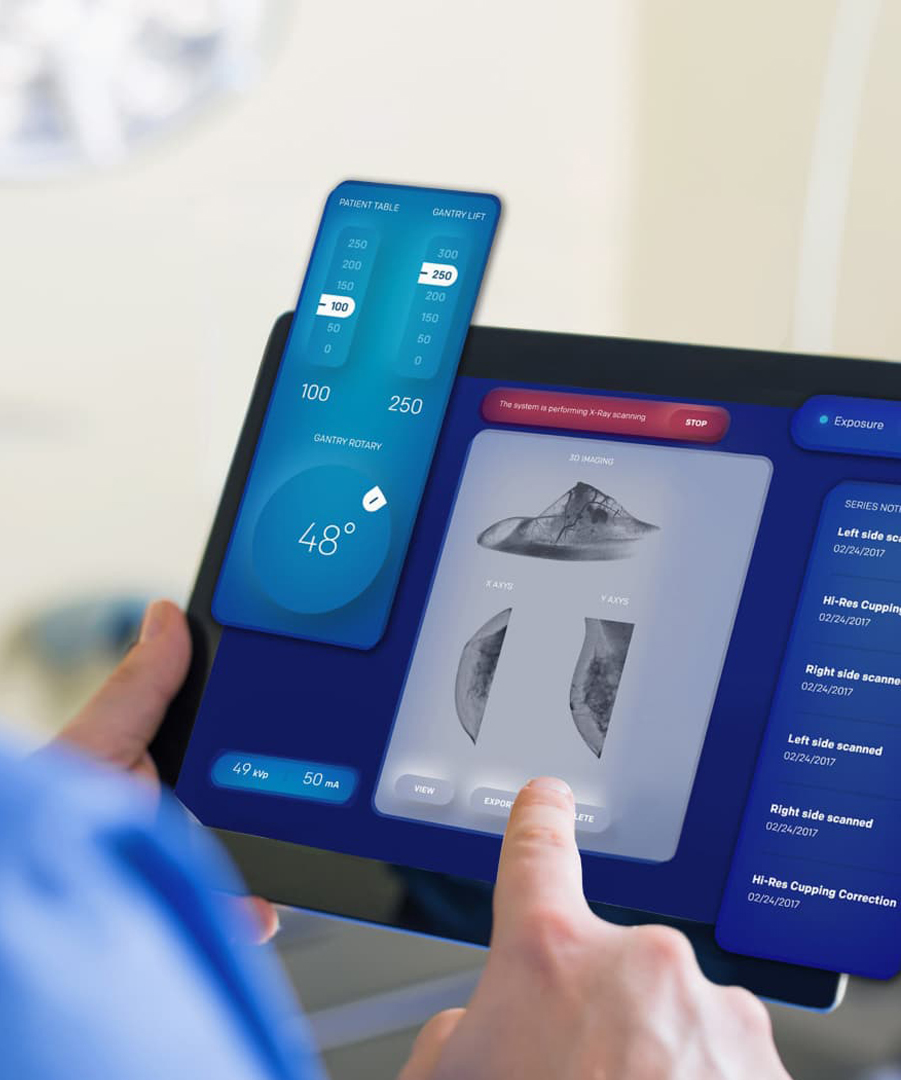


소방차 화재 및 응급 구조 임무 대응의 핵심 장비이며, 그 성능과 신뢰성은 소방 효율과 인명 안전에 직접적인 영향을 미칩니다. 중국 상용차 부문의 선도 브랜드인 HOWO는 뛰어난 출력, 안정성, 그리고 전문적인 설계로 석유화학 공장, 공항, 산업단지 등 고위험 환경에서 널리 사용되고 있습니다. 본 논문에서는 HOWO의 구조 설계를 체계적으로 분석합니다. HOWO 폼 소방차 사용자가 기술적 특징과 기능적 이점을 심층적으로 이해할 수 있도록 돕습니다.
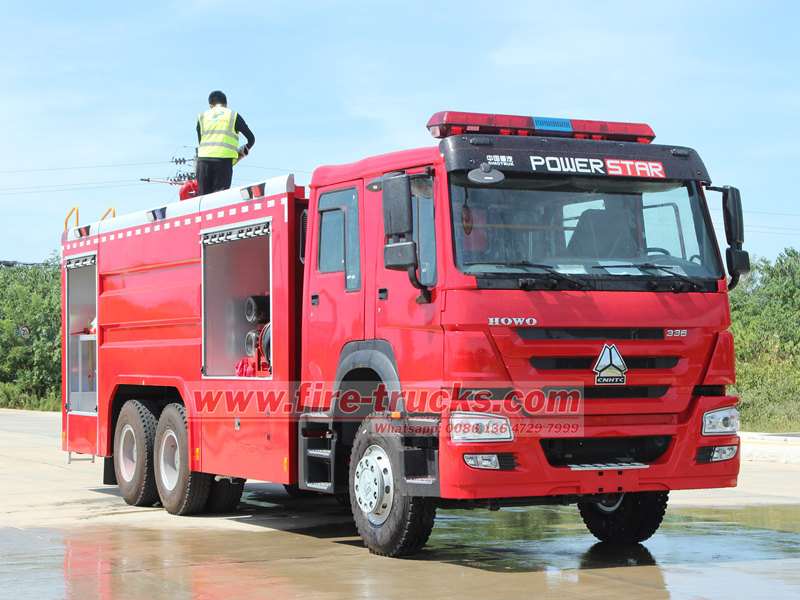
1. HOWO 폼 소방차 개요
HOWO 폼 소방차는 HOWO 특수 섀시를 사용하여 물탱크, 폼 탱크, 소화 펌프, 지능형 비례 제어 시스템, 배관 및 소방 장비를 통합하여 제작되었습니다. 물과 폼 소방 기능을 모두 갖추고 있습니다. 국가 소방 장비 표준을 준수하도록 설계된 이 소방차는 석유 및 화학 물질 화재와 같은 가연성 액체 화재 진압에 특히 적합하며, 일반적인 고체 물질 화재 구조 작업의 요구 사항도 충족합니다.
2. HOWO 폼 소방차의 주요 구조
HOWO 폼 소방차는 섀시와 상부 구조, 두 가지 주요 부분으로 구성됩니다. 섀시는 차량의 구동력을 제공하고, 상부 구조는 소방 기능을 담당합니다.
(1) 섀시
HOWO 섀시는 뛰어난 출력, 안정성, 그리고 신뢰성으로 정평이 나 있습니다. 소방차는 일반적으로 비상 상황 시 신속한 출동 요건을 충족하기 위해 고출력 디젤 엔진이 장착된 HOWO 섀시를 사용합니다. 또한, HOWO 섀시는 강력한 오프로드 성능을 제공하여 다양하고 복잡한 도로 조건에서도 현장에 신속하게 도착할 수 있도록 보장합니다.
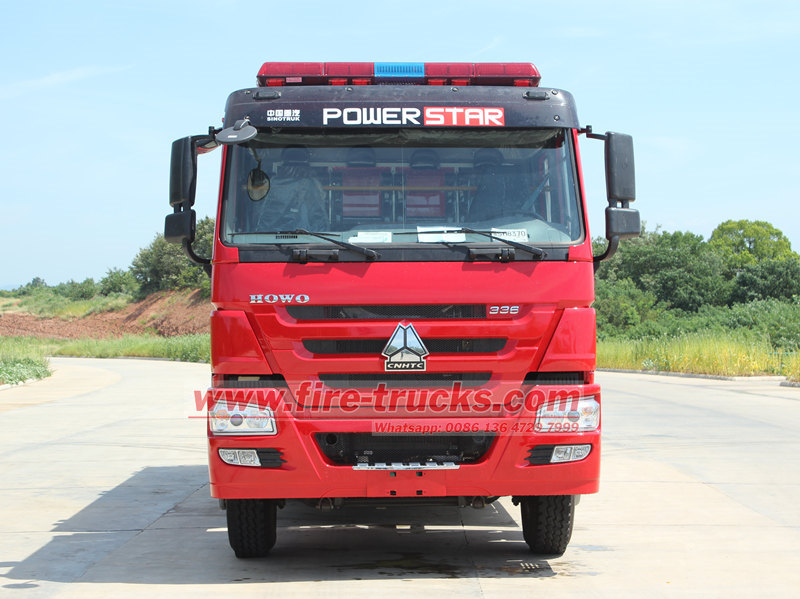
(2) 상부구조
상부 구조는 HOWO 폼 소방차의 핵심으로, 주로 물탱크, 폼 탱크, 소방 펌프, 폼 분배 시스템, 배관 시스템 및 다양한 소방 장비로 구성됩니다.
• 물탱크 및 폼탱크
물탱크와 폼 탱크는 소화약제 저장에 필수적인 구성 요소입니다. 일반적으로 소방차 후면에 위치하는 물탱크는 고강도 강판으로 제작되어 실제 필요에 따라 용량을 조절할 수 있습니다. 폼 탱크는 물탱크 앞이나 위에 위치하며, 폼 농축액을 저장하기 위해 고강도 재질로 제작됩니다. 두 탱크 모두 수위계와 배수구가 장착되어 있어 운전자가 매체 수위를 모니터링하고 쉽게 유지보수할 수 있습니다.
• 소방펌프
소방펌프는 소방설비의 핵심부품 중 하나입니다.
HOWO 폼 텐더 소방차
물과 포말 농축액을 가압하여 화재 감시 장치나 호스로 전달하는 역할을 합니다. 이 펌프는 일반적으로 원심 또는 왕복 구조를 채택하여 높은 유량, 높은 압력, 그리고 안정적인 성능을 자랑합니다. 다양한 소방 요구 사항을 충족하기 위해, 이 펌프는 유량과 압력 출력을 조절할 수 있는 다양한 기어 속도 옵션을 제공합니다.
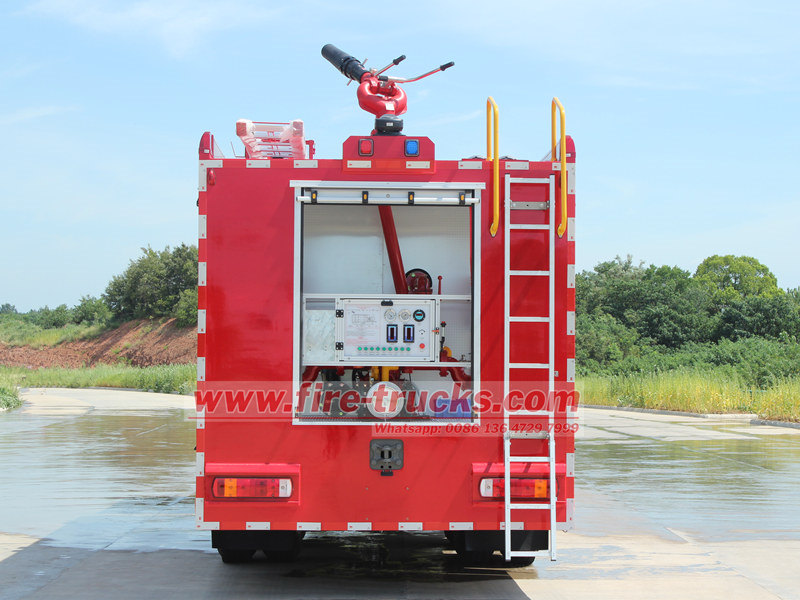
• 폼 분배 시스템
폼 비율 조절 시스템은 폼 소방 능력을 구현하는 핵심 요소입니다. 물과 폼 농축액의 비율을 정밀하게 조절하여 최적의 소화 효과를 보장합니다. 이 시스템은 일반적으로 정확성, 간편성, 그리고 신뢰성으로 유명한 벤투리관 또는 기계식 비율 조절기를 사용합니다.
• 배관 시스템
배관 시스템은 소화 펌프, 물탱크, 포말 탱크 및 소방 장비를 연결하여 물과 포말 농축액을 화재 현장으로 이송합니다. 고강도 강철 파이프 또는 호스로 제작된 이 시스템은 뛰어난 내압성과 내식성을 자랑합니다. 또한 다양한 밸브와 부속품이 포함되어 있어 작업자가 필요에 따라 연결 및 구성을 변경할 수 있습니다.
• 소방 장비
모니터와 호스를 포함한 소방 장비는 화재 진압에 직접적인 도구입니다. 일반적으로 소방차 지붕이나 후면에 장착되는 모니터는 장거리 및 대용량 방출을 제공하여 대규모 화재 진압에 적합합니다. 호스는 소방차 측면이나 후면에 위치하며, 유연하게 구성 가능하여 운전자가 다양한 위치에서 화재를 진압할 수 있습니다.
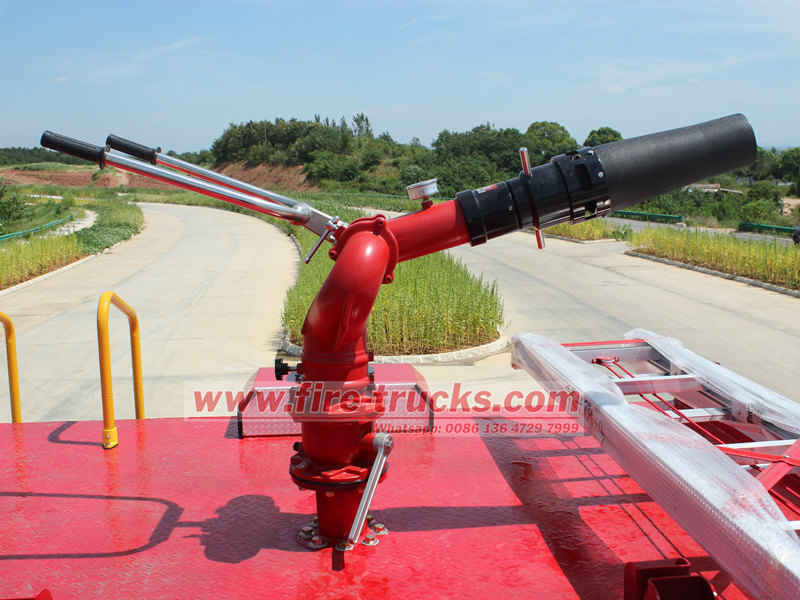
3. HOWO 폼 탱크 소방차의 성능 이점
(1) 고효율성 :
첨단 폼 분배 시스템과 소방 장비를 갖춘 HOWO 폼 소방차는 다양한 유형의 화재, 특히 오일 화재와 같은 가연성 액체 화재를 신속하고 효과적으로 진압할 수 있습니다.
(2) 안정성 및 신뢰성:
HOWO 섀시는 뛰어난 출력과 안정성으로 견고한 지지력을 제공하는 반면, 고강도 소재와 첨단 제조 기술로 만들어진 상부 구조는 혹독한 환경에서도 안정적인 작동을 보장합니다.
(3) 사용자 친화적인 작동:
제어 시스템은 직관적으로 설계되어 운전자가 기능을 빠르게 익힐 수 있습니다. 또한, 트럭에는 효율성 향상을 위한 첨단 주행 및 소방 지원 장치가 장착되어 있습니다.
(4) 쉬운 유지관리:
각 구성품은 접근 가능한 정비 포트와 점검 공간을 갖추고 있어 정기적인 정비가 간편합니다. 또한, 트럭에는 종합적인 고장 진단 시스템과 경보 장치가 장착되어 있어 문제를 신속하게 감지하고 해결할 수 있습니다.
4. HOWO 폼 소방차의 적용 시나리오
높은 효율성, 신뢰성, 작동 및 유지 관리의 용이성 덕분에 HOWO 폼 소방차는 다음을 포함한 여러 분야에서 널리 사용됩니다.
(1) 화학공장 :
이러한 시설에는 다량의 가연성 및 폭발성 물질이 포함되어 있어 소방 활동이 매우 중요합니다. 폼 소방차는 화재를 신속하게 진압하여 생명과 재산을 보호할 수 있습니다.
(2) 석유 저장소:
대량의 인화성 액체를 저장하는 유류 저장고는 엄격한 화재 안전 조치가 요구됩니다. 폼 소방차는 유류 화재에 대한 특수 소방 기능을 제공하여 안전을 보장합니다.
(3) 공항:
교통량이 많은 교통 허브 공항은 최고 수준의 화재 안전이 필수적입니다. 폼 소방차는 신속한 대응과 효과적인 화재 진압을 가능하게 하여 운영 연속성과 승객 안전을 보장합니다.
고효율, 안정성, 신뢰성을 갖춘 소방 장비로서 폼 소방차는 다양한 분야에서 중요한 역할을 합니다. 폼 소방차의 구조를 자세히 분석함으로써 성능 특성과 장점에 대한 심층적인 통찰력을 얻을 수 있습니다. 미래에는
HOWO 폼 유닛 소방차
앞으로도 필수적인 기여를 통해 생명과 재산을 보호하겠습니다.
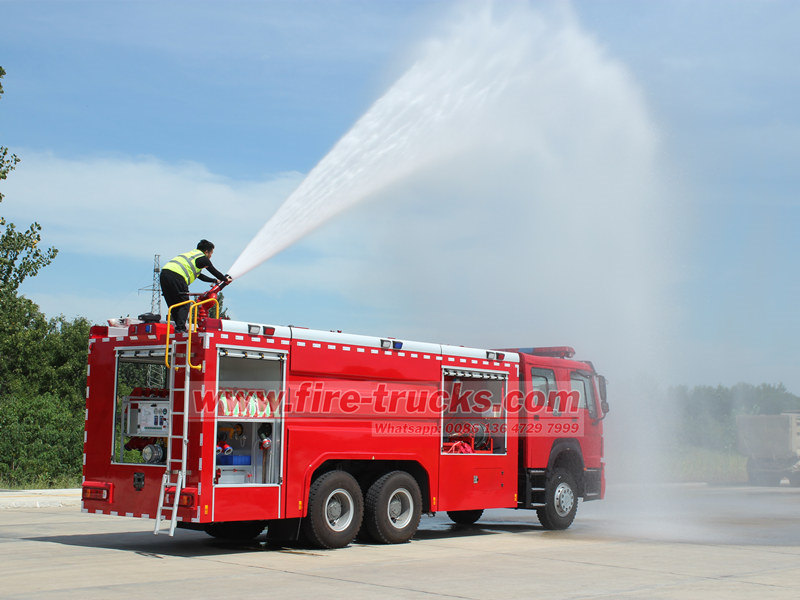
다음 정보에 관심이있을 수 있습니다